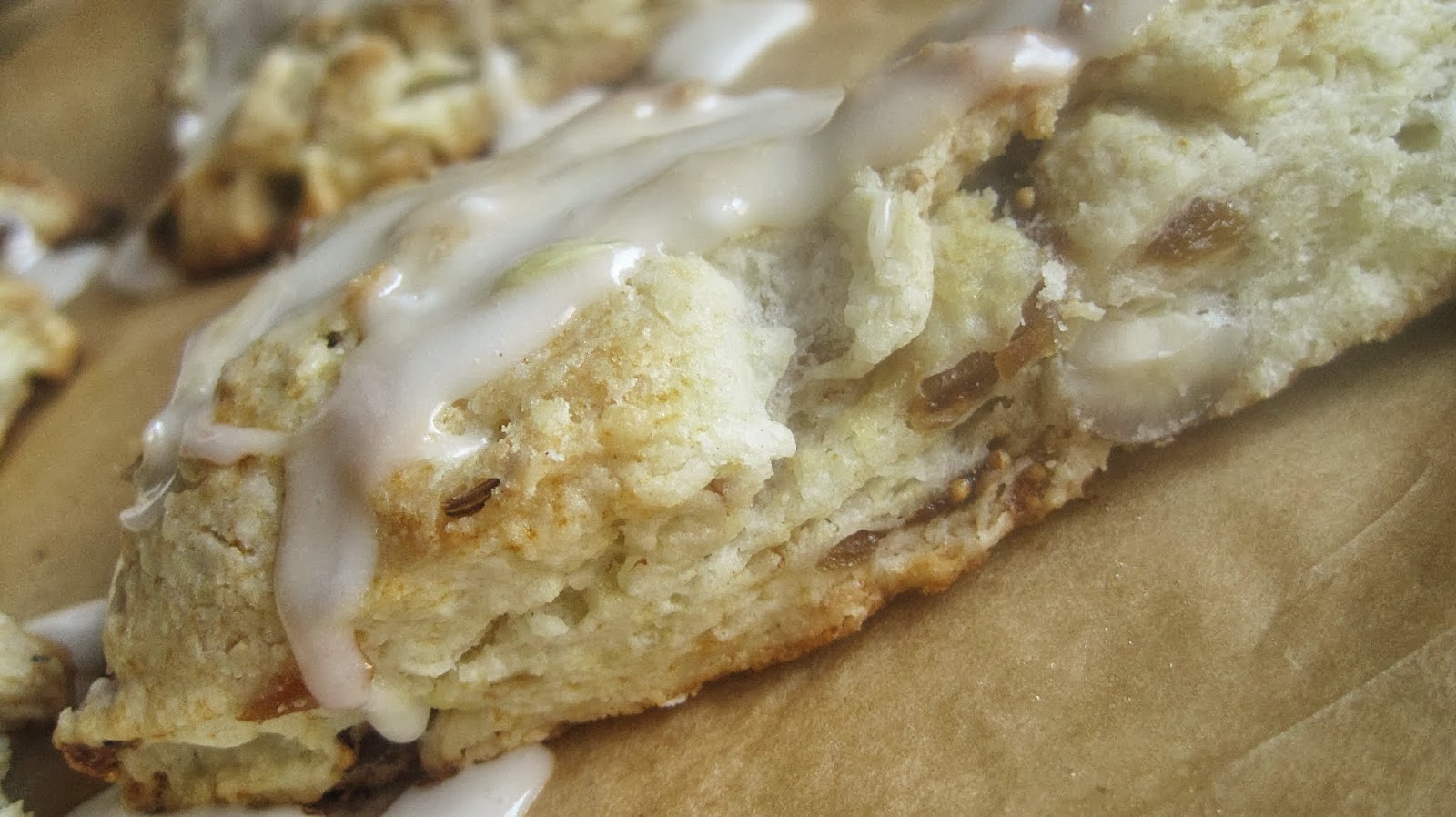I coincidentally ran across this while trying to figure out what the incidences of sporadic Wilson's disease, hemochromatosis, and alpha-1 antitrypsin disease are. It's nifty to think that one could get to know all Wilson's disease patients in an entire country. Unfortunately, neither this article nor any other clarified exactly what those incidences are ("rare" and "extremely rare" were common phrases, though!). The paper for which I needed that data has since been completed, but I'd still like to know!
The scone is a tricky beast. Traditional English scones are light and fluffy and just a little sweet. Scottish scones* are a little denser and nuttier, often with oat or barley flour, but still just lightly sweet. American scones, on the other hand? Heavy, cloying, texturally hit-or-miss... the long and the short of it is that if I'm going to blow my daily calorie budget (and several dollars) on a pastry from 71 Irving Place or Starbucks or where have you, I'm going for something that is less likely to taste like a sugary rock.
Unfortunately for my pride, I am guilty of crafting the occasional sugary rock myself. Not so this batch:
Based on this recipe, these were flaky poufs of caraway and hazelnut and apricot and fig. 10/10, would blow daily calorie budget on again. I reduced the sugar in the recipe, added about a teaspoon (maybe less) of caraway seeds, and made a Seville orange glaze (just mix the juice with confectioner's sugar until desired consistency is reached). The unique Seville orange flavor was absolutely perfect. Next time, though, I want to avoid another layer of sweetness and will attempt to incorporate the juice directly into the dough.
*Scotland is, of course, the origin of this pastry (which, when pronounced the Scottish way, rhymes with "gone")



No comments:
Post a Comment